MAVERICK CITIZEN UNICEF
Images of trauma and hope – Covid-19 pandemic through young people’s eyes
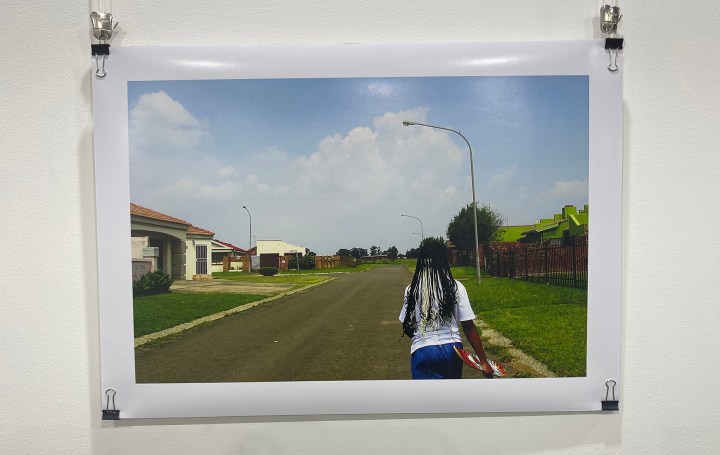
While Covid had a massive impact on children and young people, the story wasn’t necessarily being told through their voices, said Toby Fricker, chief of communication and partnerships for the United Nations Children’s Fund. Through a photography project, Unicef and Maverick Citizen have launched a photo book depicting the experiences of young people during the pandemic.
‘The United Nations Children’s Fund (Unicef) decided that one way to show the impact of Covid is through the power of photographs, and we partnered with Maverick Citizen to document the stories or the images of how children saw the pandemic, how they felt it and how their lives were disrupted,” said Unicef communications specialist Sudeshan Reddy.
Reddy was speaking on Wednesday, 22 March at the launch and exhibition of the photo book, COVID-19 & Beyond: Through a Youth Lens, which depicts young people’s reflections on the pandemic years, and their role in building a safer, fairer and better future. The book features the work of 10 young creatives from across South Africa, under the guidance of EPA Images photographer Kim Ludbrook.
Toby Fricker, chief of communication and partnerships for Unicef South Africa, said the project was born because while Covid had a massive impact on children and young people, the story wasn’t necessarily being told through their voices.

Gabrielle Smith is a 20-year-old student with a passion for wildlife, landscape and portrait photography. Smith has an interest in endangered animal preservation and incorporates this into her photography. The images show a scientist examining specimens under a microscope, a female elephant succumbing to the effects of anaesthesia after being darted, and a young man sitting in a restaurant after the Covid-19 lockdown had been lifted. (Photo: Takudzwa Pongweni)
“We felt it was important for particularly adolescents who were in this transitional point in their lives when the pandemic first hit, to hear their stories and give them an opportunity or space to tell their stories through visual imagery and through text,” he explained.
The goal was to develop a photo book, with images from the pandemic or new ones alongside text and a photo exhibition.
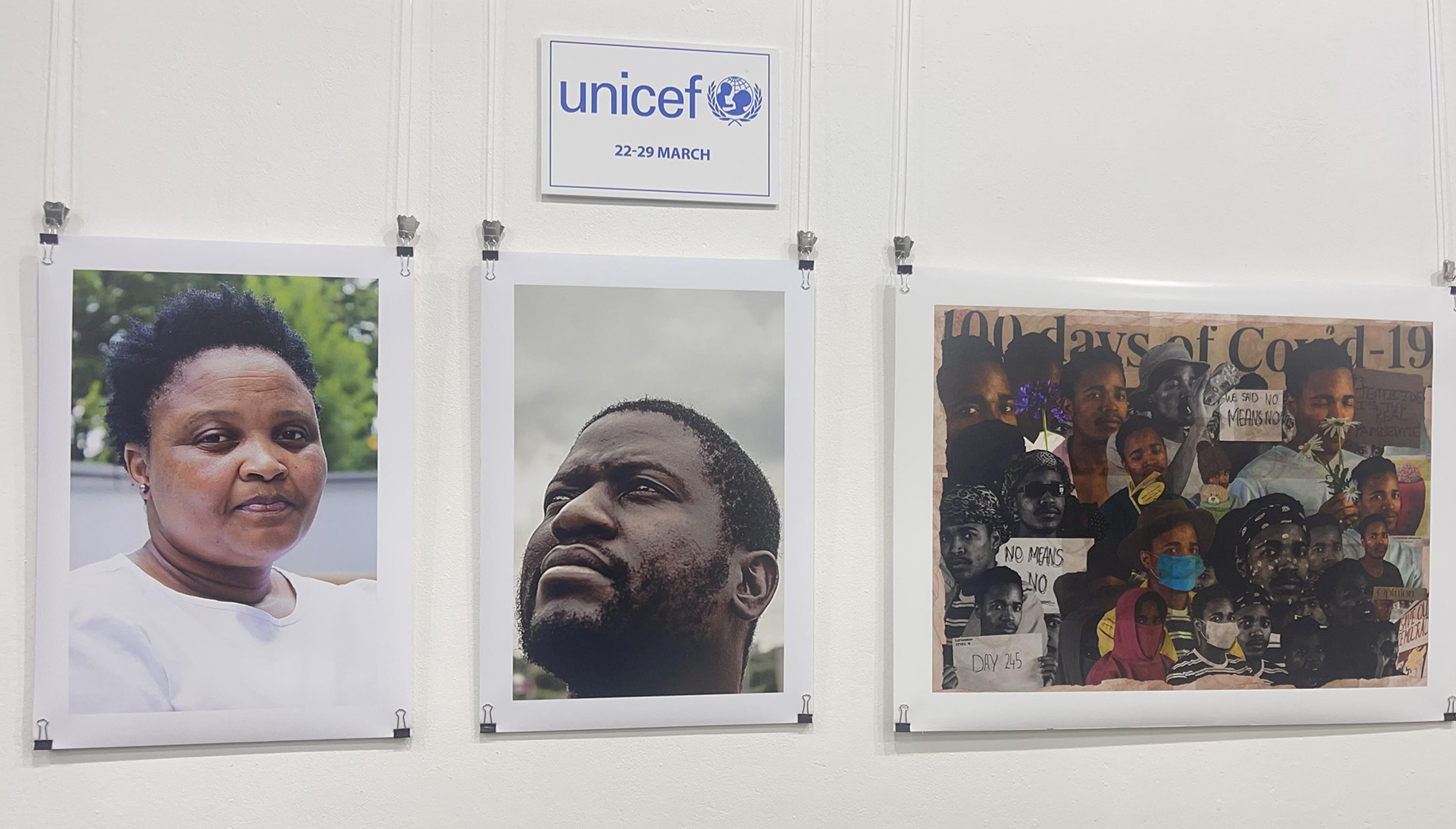
Sebelo Ndaba says photography is an outlet. The images include a portrait of his mother, a portrait of his colleague Carlton, and a collage of self-portraits inspired by Peter Beard. (Photo: Takudzwa Pongweni)
Since it has been nearly three years since the global lockdowns to combat Covid, Fricker felt it was an opportune time for the release of the book: “It is also about providing a space for the youth to reflect on that moment, and process how they experienced Covid, how it distributed their education or affected their everyday lives, and how they are moving forward now.”
Individual experiences
Ludbrook said the exhibition was an interpretation of each student’s experience. “Each student took their experience of the pandemic and interpreted it visually and so differently,” he said, adding: “What I love about this project, in particular, is how different everyone’s project is.”

Litha Sam-Sam describes himself as a professional artist with resilience. The images show a taxi, a young woman and young child reading, and an empty slide in a playground. (Photo: Takudzwa Pongweni)

Palesa Ditau’s images illustrate the initial confusion during Covid, Ditau stepping out of her comfort zone, and eventually challenging herself. (Photo: Takudzwa Pongweni)
Ludbrook also explained the significance of community. “What I take out of this project and all of us being together today, all of the people that worked so hard to get the pictures on the wall, it is all about community. That is really the critical take I have from this project,” he said.
Ludbrook worked with the creatives through a series of workshops, teaching them about photography as a medium, and how to tell a story with pictures.
Read more in Daily Maverick: “Children and young people are in the firing line of the Covid-19 mental health pandemic”
“The first workshop was about visual literacy, the students then went home for two months and during this time they needed to interpret their story visually.”
For Maverick Citizen editor Mark Heywood, the photographs made an immediate impression. “I spent 10 minutes with the photographs and immediately I was inspired and moved by these photographs,” he said.

The exhibit at FotoZA in the Rosebank Mall in Johannesburg runs until 29 March 2023. (Photo: Takudzwa Pongweni)
The poetry within the photographs, along with their short descriptions, was the first thing that struck Heywood. “I have always thought that to communicate with people, you need poetry because poetry takes the familiar and it disrupts it.”
Visit Daily Maverick’s home page for more news, analysis and investigations
Heywood also stressed the importance of listening to the perspectives of young people. “I think that young people’s perspectives are so important, and older people like myself and some of us in this room need to learn to see the world through young people’s eyes. Our politicians, our leaders and our elites need to learn to see through young people’s eyes because you will see another world through their eyes.”
The description of young people as apolitical and apathetic is not true, he added. “Young people are not apolitical and apathetic. These are poetic and political photographs because they talk about the world.”
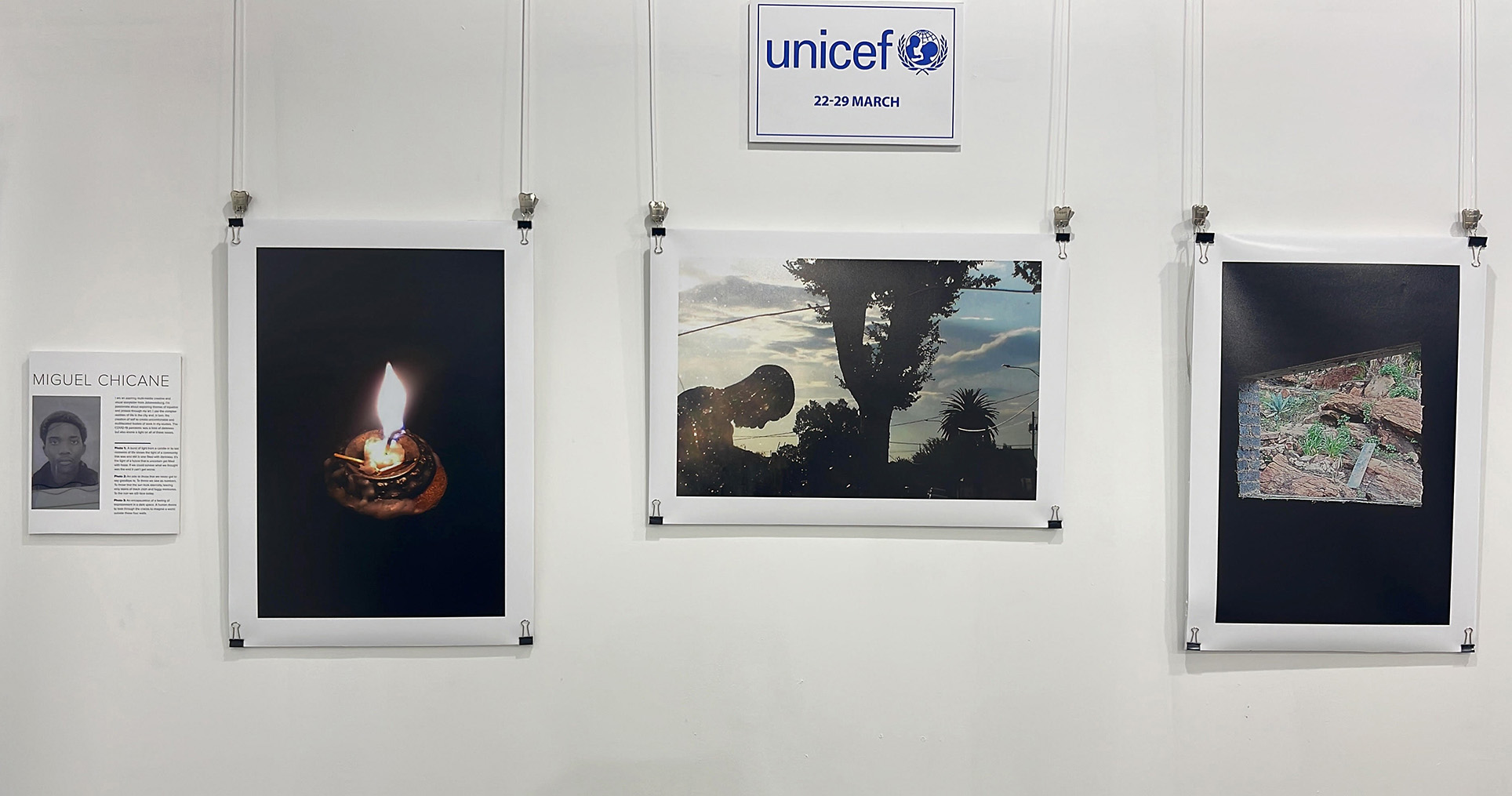
Miguel Chicane describes himself aspiring multimedia creative and visual storyteller from Johannesburg. Chicane is passionate about exploring themes of injustice and protest through his art and considers the Covid-19 pandemic a time of darkness that also shed a light on these issues. (Photo: Takudzwa Pongweni)
Photographers’ perspectives
Gabrielle Smith, whose images were featured, believes this process has helped her to reflect. “There was a lot of trauma related to it, I was part of the matric year of 2020. Being able to use my photography as a means to work through that trauma, allowed me to create something visually striking, but also to work through the trauma in a much more intentional and purposeful way.”
Micheal Norbert, a Zimbabwean photographer based in Pretoria, said: “The experience was amazing, getting to connect with such amazing people as well as other students I was working with.” He added that one of the most challenging parts of lockdown was continuing learning online. “Because schools were closed, we all moved into the new age of technology as a way to continue with our education, it was a new thing for all of us.”
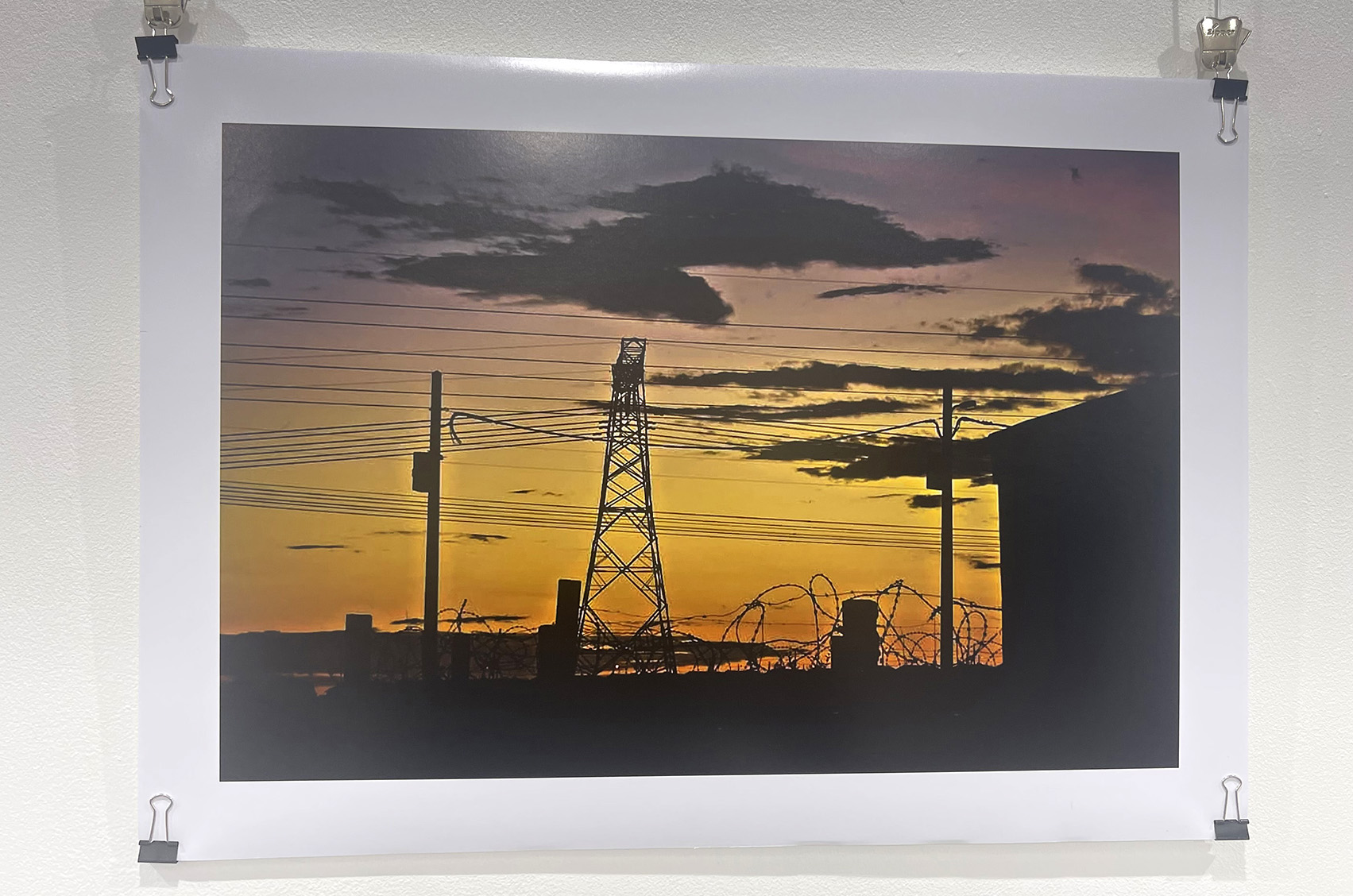
Tumisang Khalipha’s picture is of a sunset, electric power transmission lines, and a shoe representing the future and hope in every step one takes. (Photo: Takudzwa Pongweni)
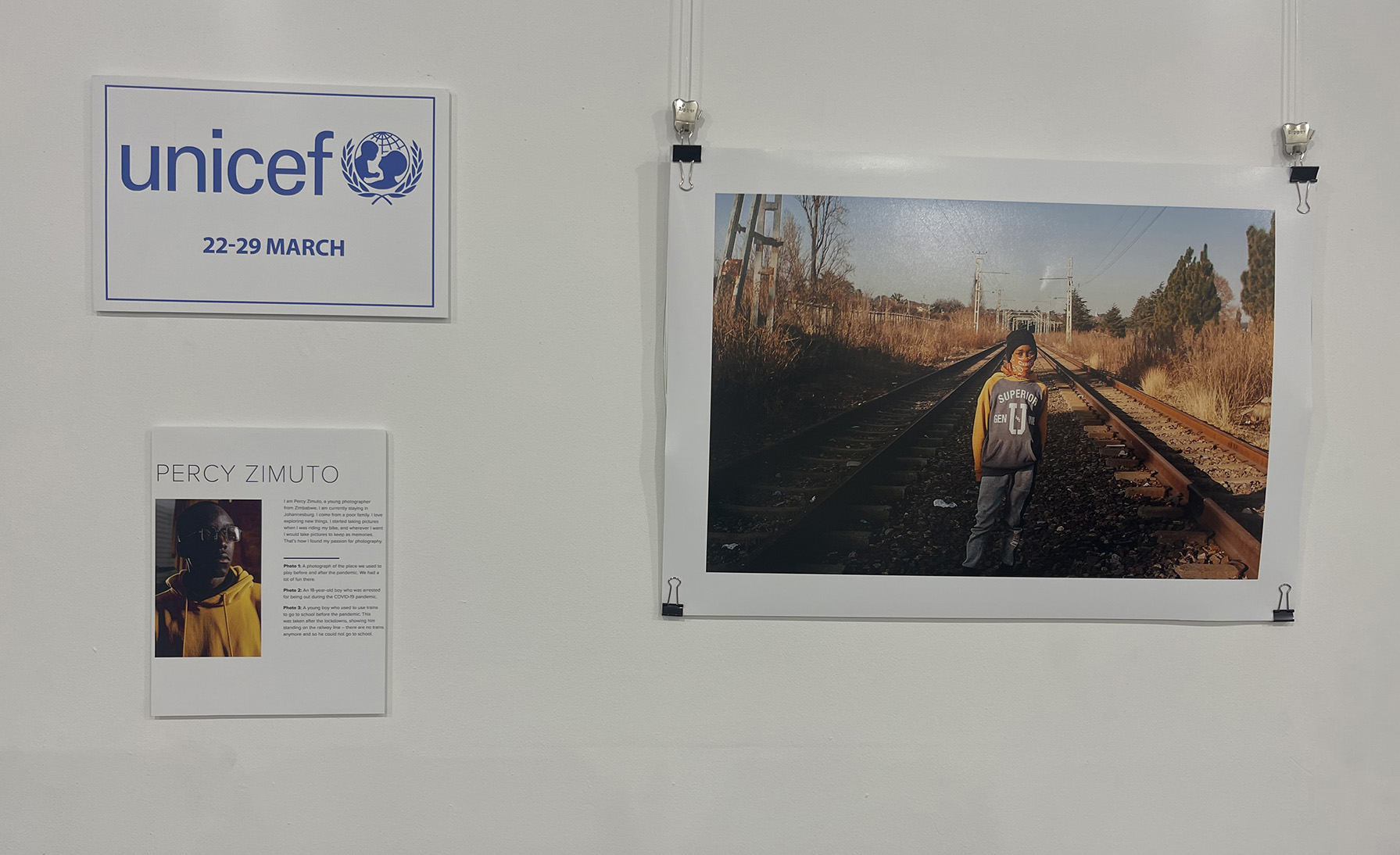
Percy Zimuto, a young photographer from Zimbabwe currently living in Johannesburg, has a love for exploring. Azimuth started taking pictures when he was riding his bike, and wherever he went, he would take pictures to keep as memories, this igniting his passion for photography. (Photo: Takudzwa Pongweni)
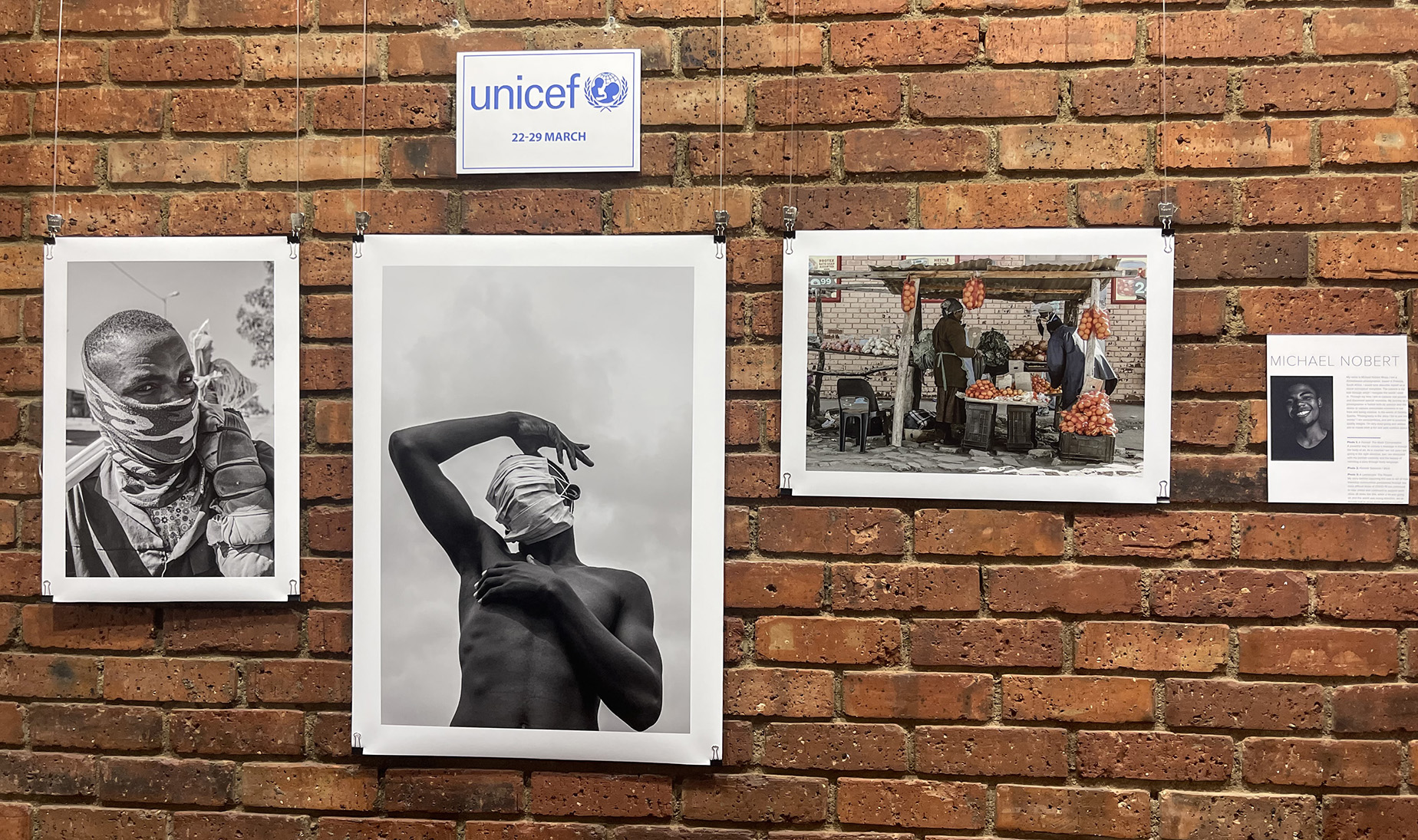
Michael Norbert uses the camera is a tool through which he navigates the world he lives in. These images show the beauty of narrating a story through body language and township communities persevering through the most difficult times of Covid-19 but continuing to stay united and to support each other. (Photo: Takudzwa Pongweni)
Miguel Chicane, in the book, describes the pandemic as a blur he felt viscerally. “I was too young to understand the emotions I experienced at that very moment. In the end, I still am grappling with these emotions to heal the best I can.”
Read more in Daily Maverick: “Covid-19 has been hard on kids’ mental health – more support is needed urgently”
Palesa Ditau explains that during the pandemic she was a student in a new province. She developed social anxiety, which spiralled into depression. “At the end of the pandemic I went to a counselling service. They talked to me about the coping mechanism I could use to distract my mind from focusing on my insecurities and that is when I found my love for art.”
For Sebelo Ndaba, photography is an outlet. Ndaba says in the book he has learnt to take things one day at a time and to live in each moment, remaining mindful. “This experience has left behind many wounds that we are still collectively healing from. Let the scars that remain be a testament to our resilience and fortitude.”
The COVID-19 & Beyond: Through a Youth Lens exhibit ends on 29 March 2023 at FotoZA in the Rosebank Mall. DM/MC


















 Become an Insider
Become an Insider
Comments - Please login in order to comment.